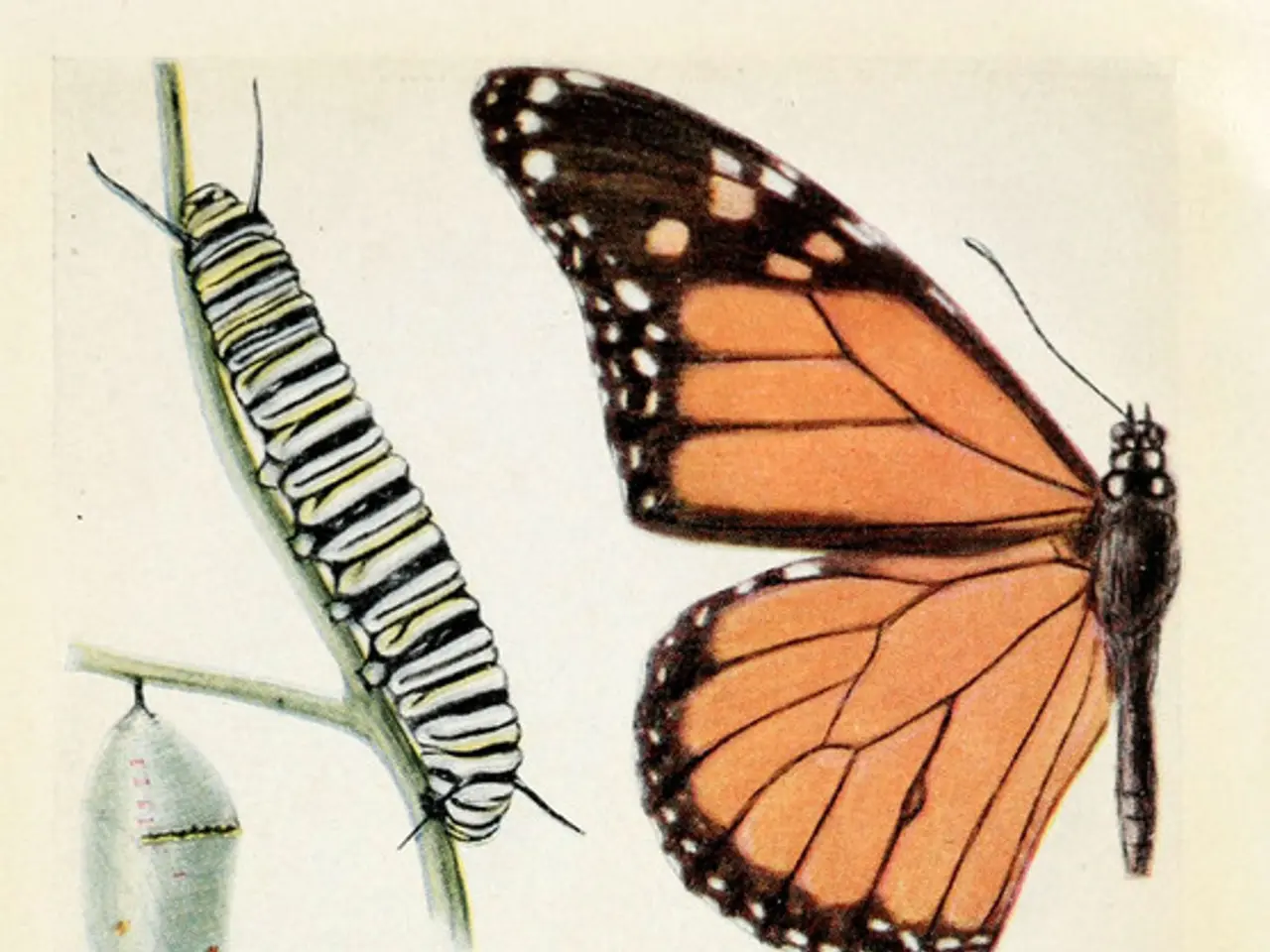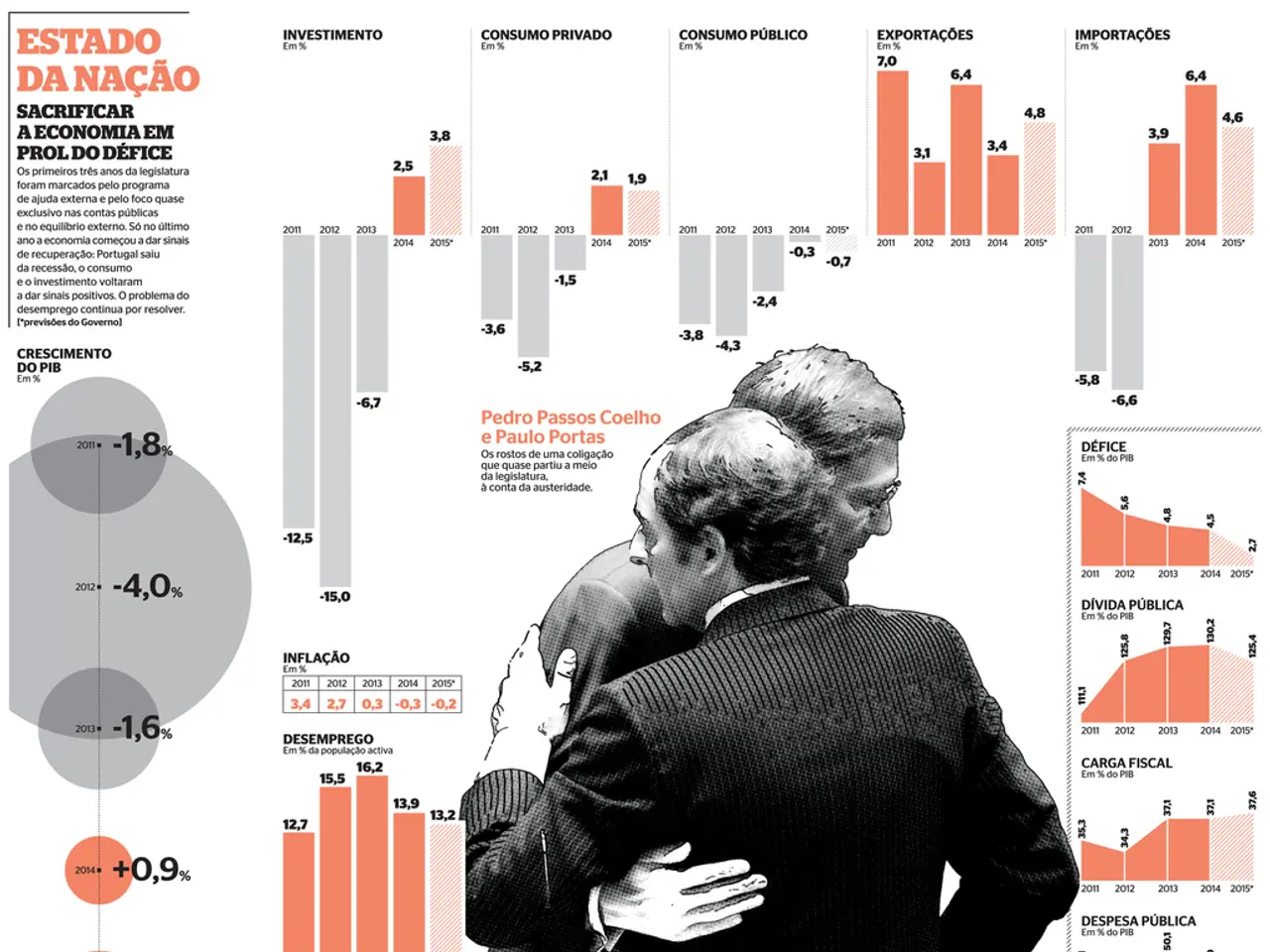The inherent question delves into the true essence of evolution.
In the realm of nature, survival and adaptation are the driving forces behind the fascinating process of evolution. From the silent steps of a cricket species to the plastic-munching bacteria, life continues to evolve in response to its environment.
A species of cricket, Teleogryllus oceanicus, has evolved to become mostly silent due to a new genetic mutation. This remarkable transformation is a response to lethal parasitic flies that prey upon the vocal calls of its ancestors. Natural selection, a key process in the genetics of populations changing, has played a crucial role in this silent evolution.
Meanwhile, Ideonella sakaiensis, a new species of bacteria, has evolved to eat PET plastic in under a century. This rapid adaptation to human-made materials underscores the ongoing evolution that occurs in our world today.
The evidence supporting the evolution of humans from a common ancestor with apes is substantial. Chromosomal evidence, DNA similarity, anatomical and fossil records, and behavioural adaptations all point to our shared evolutionary history.
One compelling piece of evidence is the fusion of human chromosome 2, which resulted from the fusion of two ancestral ape chromosomes. This finding strongly supports that humans and other apes share a recent common ancestor. Furthermore, humans share about 98% of their DNA with chimpanzees, our closest living relatives, demonstrating a close evolutionary relationship.
Comparative anatomy reveals many shared traits between humans and apes, such as skeletal structure, brain organization, and physiological systems, consistent with descent from a common ancestor. Fossils of hominins show gradual changes over millions of years, bridging traits between earlier apes and modern humans.
Behavioral similarities and the timeline of hominin evolution, especially in Africa around 300,000 years ago when Homo sapiens arose, coincide with environmental changes that would drive evolutionary adaptation, supporting natural selection as a mechanism shaping the human lineage.
While some viewpoints oppose these interpretations, the consensus in the scientific community is that humans evolved from a common ancestor shared with other apes. This comprehensive evidence supports human evolution from a common ancestor shared with modern apes.
In the natural world, evolution is a continuous process, shaping life in response to the ever-changing environment. From the silent cricket to the plastic-eating bacteria, the story of evolution continues to unfold.
- The study of health-and-wellness often incorporates research into the effects of evolution on our bodies, such as the genetic advantages that aid fitness-and-exercise.
- The discussion about evolution extends to mental health, with some theories suggesting that CBD, a compound found in cannabis, could potentially target genes related to serotonin receptors, which are linked to mood regulation.
- In the realm of science, understanding evolution is crucial for predicting future adaptations, especially regarding how organisms will evolve in response to climate change and its impact on the environment.
- As an example, researchers are currently investigating how changes in the environment might influence the evolution of species, like the tigerfish, to become more resilient to diseases and pollutants.
- Moreover, the evolution of specific traits, such as increased physical strength orendurance, could be harnessed in the field of fitness-and-exercise to improve human performance and health.
- Beyond the world of nature, understanding evolution could also inform policies regarding public health, including the prevention and treatment of diseases that might arise from genetic mutations or environmental factors.




